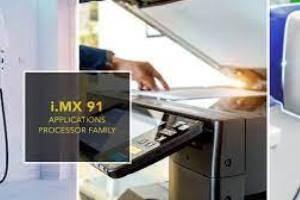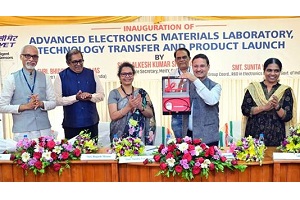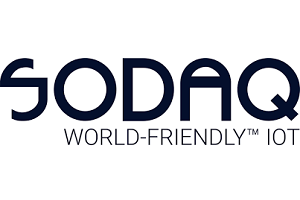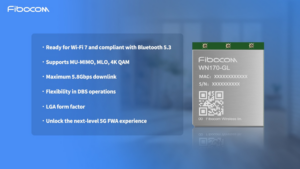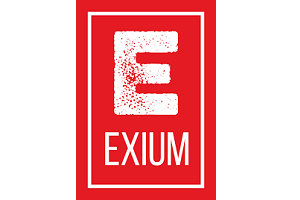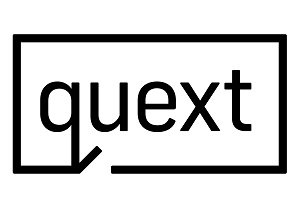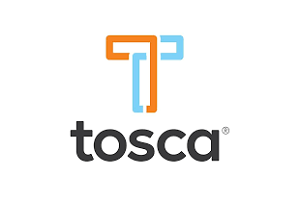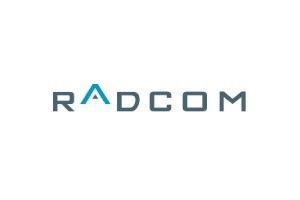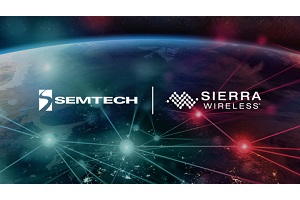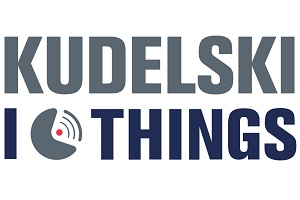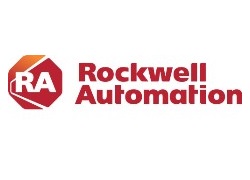
Singapore, 6 April 2023 – Rockwell Automation, Inc., a company dedicated to industrial automation and digital transformation, has launched FactoryTalk Optix into the Asia Pacific region. FactoryTalk Optix is a modern, cloud-enabled human-machine interface (HMI) platform that allows users to design, test and deploy applications directly from a web browser anywhere, anytime. It helps customers take advantage of new levels of collaboration, scalability, and interoperability to achieve their vision.
FactoryTalk Optix is one of the five core solutions in FactoryTalk Design Hub, which helps industrial organisations transform their automation design capabilities with a more simplified, productive way to work. FactoryTalk Remote Access along with FactoryTalk Optix allows users to access machines, controllers or HMI from anywhere using industry standards for cybersecurity. Remote access is an enabler for on-demand remote assistance, installation, programming, updates, troubleshooting, and maintenance of remote systems and applications.
The result is increased design productivity, faster time to market and systems that cost less to build and maintain.
“I’m calling this release ‘Visualisation for Visionaries’, because FactoryTalk Optix unlocks unprecedented collaboration and innovation through cloud-based engineering workflows. The result is visually stunning, data-driven, scalable solutions with seamless connectivity, which are faster to create and easier to maintain, to better support our customer’s smart manufacturing efforts,” says Adrian Giecco director, software and control, Rockwell Automation Asia Pacific.
FactoryTalk Optix is designed to help improve processes and efficiency. Among its features and benefits are:
- Design options: Design and test projects in a modern object-oriented programming environment.
- Reduce design time with:
- Multi-user collaboration
- Simplified standardisation through libraries of reusable content, custom templates, and style sheets
- Responsive graphics, easy wizard-based workflows
- Improve Development and deployment flexibility: Create an application once and deploy it to any device.
- Reduce Risk: better manage changes to applications and libraries through cloud-based storage with version control.
- Drive Standardisation with Graphic options: Style graphics to support a global audience.
- Reduce costs.
- Pay-for-what-you-need runtime licensing model based on application features used.
- Scale hardware requirements based on application complexity.
- Extensible options: Achieve openness and interoperability through machine-to-machine and machine-to-cloud communications enabled by Open Platform Communications (OPC), unified architecture (UA), message queuing telemetry transport (MQTT), Internet of Things (IOT) native connectivity and an open C# interface.
- Standardise HMI platform regardless of controller selection. Connect with any controller or device with built-in 3rd party drivers.
Comment on this article below or via Twitter: @IoTNow_OR @jcIoTnow
- SEO Powered Content & PR Distribution. Get Amplified Today.
- Platoblockchain. Web3 Metaverse Intelligence. Knowledge Amplified. Access Here.
- Source: https://www.iot-now.com/2023/04/10/129478-rockwell-automation-launches-factorytalk-optix-in-asia-pacific/
- :is
- 2023
- a
- access
- Achieve
- ADvantage
- allows
- among
- and
- anywhere
- Application
- applications
- April
- architecture
- ARE
- article
- asia
- asia pacific
- Assistance
- audience
- Automation
- based
- because
- below
- benefits
- Better
- browser
- build
- built-in
- calling
- capabilities
- Changes
- collaboration
- Communications
- company
- complexity
- Connect
- Connectivity
- content
- control
- controller
- Core
- Cost
- create
- custom
- Customers
- Cybersecurity
- data-driven
- dedicated
- deploy
- deployment
- Design
- designed
- Development
- device
- digital
- Digital Transformation
- directly
- Director
- drivers
- easier
- efficiency
- efforts
- enabled
- Engineering
- Environment
- faster
- Features
- For
- from
- Global
- global audience
- graphics
- Hardware
- help
- helps
- HMI
- HTML
- HTTPS
- Hub
- improve
- in
- increased
- industrial
- industrial automation
- industry
- industry standards
- Innovation
- Interface
- Internet
- internet of things
- Interoperability
- iot
- IT
- ITS
- jpg
- launches
- levels
- libraries
- Licensing
- Machines
- maintain
- maintenance
- manage
- manufacturing
- Market
- message
- model
- Modern
- more
- native
- New
- of
- on
- On-Demand
- ONE
- open
- Openness
- Organisations
- Pacific
- party
- platform
- plato
- Plato Data Intelligence
- PlatoData
- processes
- productive
- productivity
- Programming
- projects
- Regardless
- region
- release
- remote
- remote access
- remote assistance
- Requirements
- result
- reusable
- Risk
- says
- Scalability
- scalable
- seamless
- selection
- simplified
- smart
- Software
- Solutions
- standards
- storage
- Stunning
- style
- support
- Systems
- Take
- templates
- test
- that
- The
- their
- things
- Through
- time
- to
- Transform
- Transformation
- transport
- unified
- unlocks
- unprecedented
- Updates
- users
- version
- version control
- via
- vision
- Way..
- web
- web browser
- which
- with
- Work
- workflows
- zephyrnet

